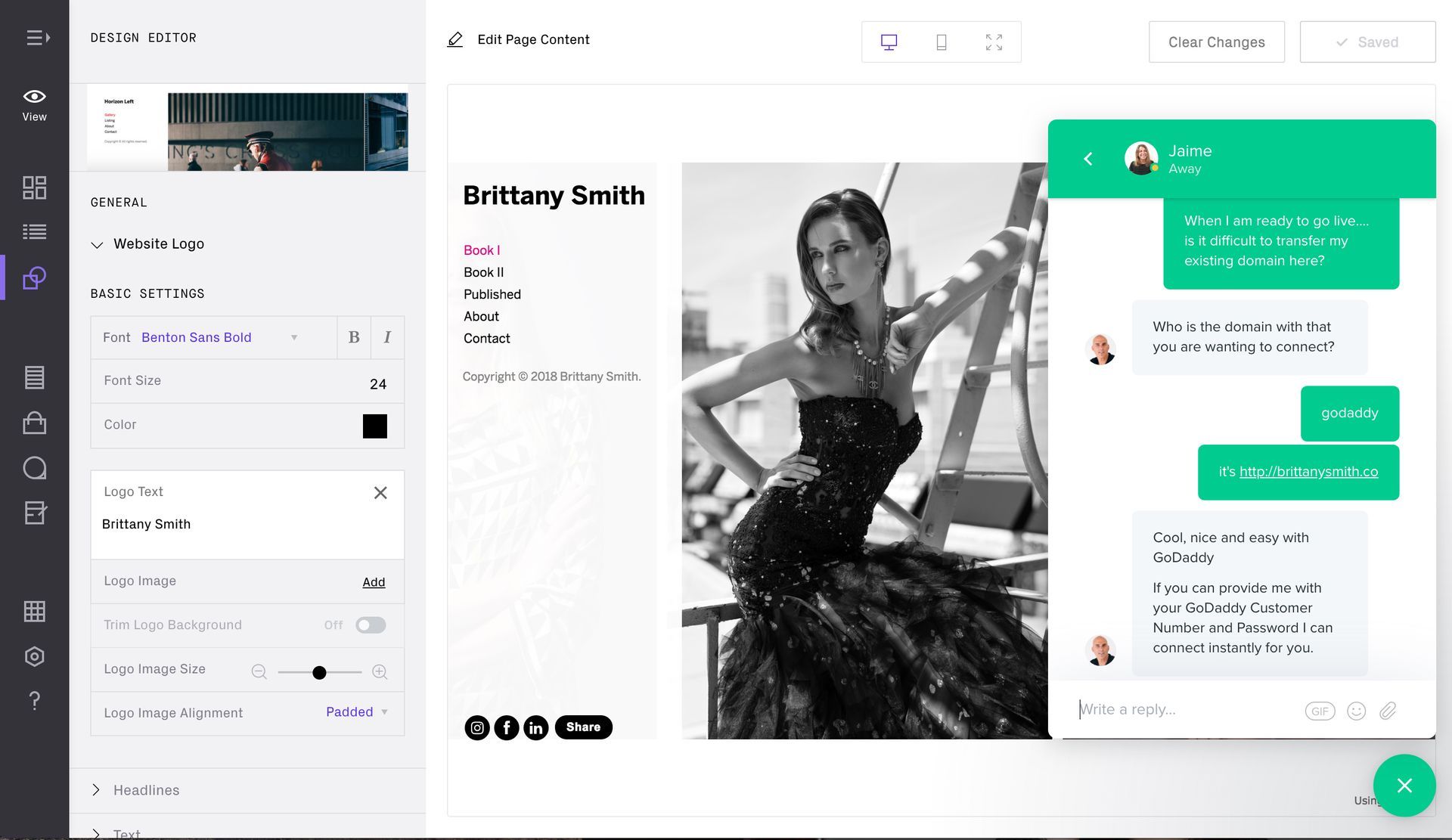5 Minute Read
Essential Web Development Technologies
Understanding the Key Concepts
Web development technologies are essential components that empower developers to create, maintain, and enhance websites and web applications. These technologies cover a broad spectrum, ranging from frontend to backend development, encompassing various programming languages, frameworks, and tools.
In this guide, I'll explore the fundamental web development technologies that are crucial for building modern, dynamic, and secure web solutions.
Let's get to it!

Table of Contents
- HTML (Hypertext Markup Language)
- CSS (Cascading Style Sheets)
- JavaScript
- Frontend Frameworks
- Backend Technologies
- Version Control Systems
- Web Servers
- Databases
- Web APIs (Application Programming Interfaces)
- Responsive Web Design
- Web Security
- Testing and Debugging Tools
- Build Tools
- Conclusion

HTML (Hypertext Markup Language)
Definition: HTML, or Hypertext Markup Language, is the standard markup language used to create the structure of web pages.
Key Points:
- HTML provides a set of elements that define the structure of a web page, such as headings, paragraphs, lists, links, images, and more.
- It uses tags to define elements, with a hierarchical structure that represents the document's outline.
- HTML5, the latest version, introduces new elements and APIs, enhancing the capabilities for multimedia, forms, and interactive content.
CSS (Cascading Style Sheets)
Definition: CSS, or Cascading Style Sheets, is a stylesheet language used to describe the presentation of a document written in HTML.
Key Points:
- CSS enables developers to control the layout, appearance, and style of web pages.
- It allows for the separation of content and presentation, making it easier to maintain and update a website.
- CSS includes features like selectors, properties, and values, providing fine-grained control over the styling of HTML elements.
- CSS3 introduces advanced features such as animations, transitions, and responsive design capabilities.
JavaScript
Definition: JavaScript is a versatile and widely-used programming language that enables interactivity and dynamic content on the client-side of web applications.
Key Points:
- JavaScript is primarily executed in web browsers, enhancing user experience by enabling real-time updates, form validation, and asynchronous communication.
- It supports object-oriented, imperative, and functional programming paradigms.
- ECMAScript is the standardized scripting language specification on which JavaScript is based, and it undergoes regular updates to introduce new features and improvements.
Frontend Frameworks
Frontend frameworks are pre-built, reusable code libraries that facilitate the development of the user interface (UI) and user experience (UX) of a website or web application.
Key Points:
- Popular frontend frameworks include React.js, Angular, and Vue.js.
- React.js, developed by Facebook, is known for its component-based architecture, promoting reusability and maintainability.
- Angular, maintained by Google, is a comprehensive framework that provides tools for building large-scale, feature-rich applications.
- Vue.js is a progressive framework that is easy to integrate into existing projects and scales well from simple to complex applications.
If you are looking for a more details understanding of frameworks and libraries, read my article on The Role of Frameworks and Libraries.
Backend Technologies
Backend technologies handle server-side logic, database operations, and other tasks that enable the functioning of web applications.
Key Points:
- Common backend languages include Python (Django, Flask), JavaScript (Node.js), Ruby (Ruby on Rails), and Java (Spring Boot).
- Server-side frameworks simplify backend development by offering pre-built modules and structures.
- Node.js allows JavaScript to be used for both frontend and backend development, fostering code consistency.

Version Control Systems
Version Control Systems (VCS) track and manage changes to the source code, enabling collaboration among developers and providing a history of code modifications.
Key Points:
- Git is the most widely used VCS, offering features like branching, merging, and distributed version control.
- GitHub and GitLab are popular platforms that host Git repositories, providing collaboration tools, issue tracking, and continuous integration deployment.
Web Servers
Web servers are software applications that handle incoming network requests and serve web content to clients.
Key Points:
- Apache and Nginx are prominent web servers, known for their performance, scalability, and configurability.
- Node.js can also act as a web server, utilizing JavaScript on the server-side.
Databases
Databases store and manage the data required for web applications, providing a structured and efficient way to retrieve and manipulate information.
Key Points:
- Relational databases like MySQL, PostgreSQL, and SQLite use tables to store data and support SQL for querying.
- NoSQL databases like MongoDB offer flexibility in handling unstructured data and are suitable for scalable and dynamic applications.
Web APIs (Application Programming Interfaces)
Web APIs enable communication between different software systems, allowing web applications to interact with external services and access data.
Key Points:
- REST (Representational State Transfer) and GraphQL are common API architectures.
- RESTful APIs use standard HTTP methods (GET, POST, PUT, DELETE) for communication.
- GraphQL provides a more flexible and efficient approach, allowing clients to request specific data.
Responsive Web Design
Responsive web design ensures that web applications adapt to different devices and screen sizes, providing a seamless user experience across desktops, tablets, and smartphones.
Key Points:
- Media queries in CSS enable the styling of web pages based on device characteristics.
- Flexbox and CSS Grid layouts enhance the creation of responsive and flexible designs.

Web Security
Web security is a vitally important aspect of web development, protecting against threats such as data breaches, injection attacks, and cross-site scripting.
Key Points:
- HTTPS encrypts data in transit, ensuring secure communication between clients and servers.
- Input validation and sanitation prevent common security vulnerabilities.
- Security headers, such as Content Security Policy (CSP), mitigate risks associated with code injection.
Testing and Debugging Tools
Testing and debugging are essential phases in the development lifecycle, ensuring the reliability and performance of web applications.
Key Points:
Build Tools
Build tools automate tasks such as code compilation, minification, and bundling, streamlining the development workflow.
Key Points:
Conclusion
Web development technologies are dynamic and continuously evolving to meet the demands of modern web applications. Learning and mastering these technologies empowers developers to create efficient, scalable, and secure solutions.
Stay updated on industry trends and best practices to navigate the ever-changing landscape of web development successfully.





